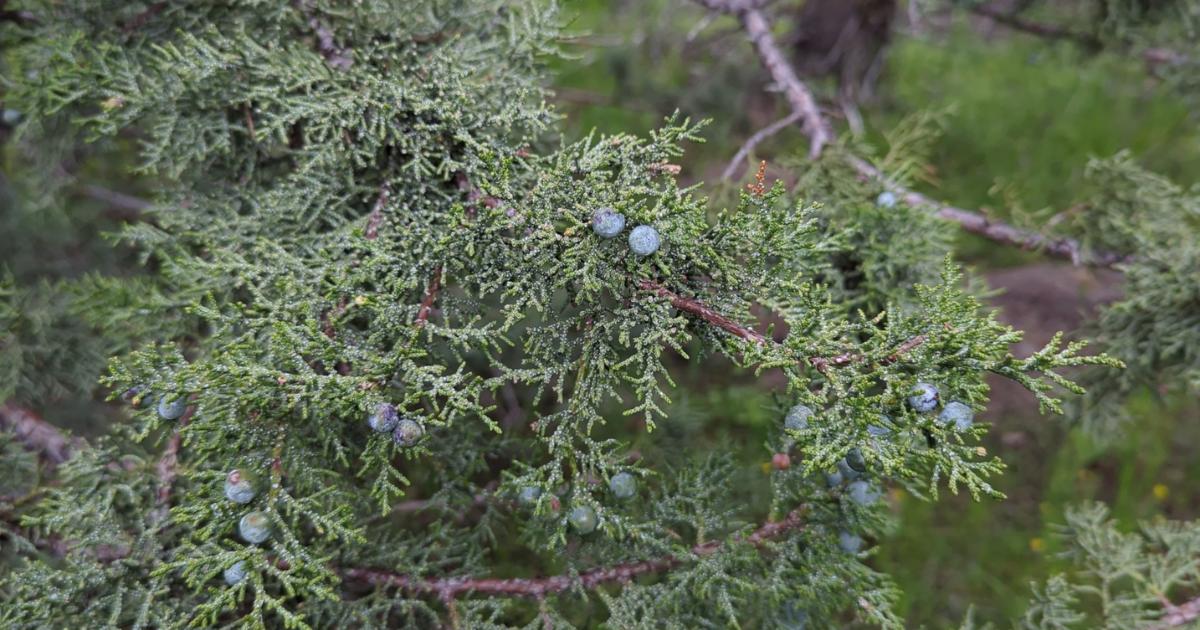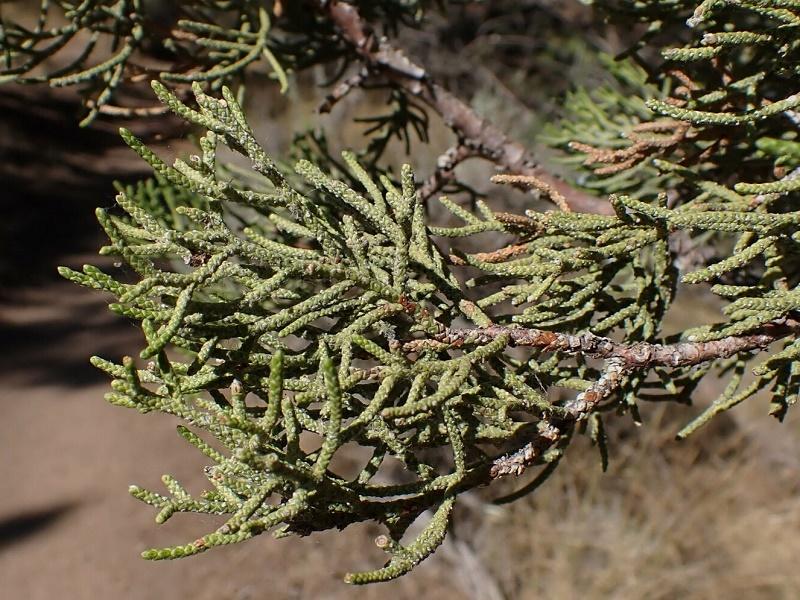Characteristics of Western Juniper (Juniperus occidentalis)

Western Juniper (Juniperus occidentalis) is a conifer tree native to the western United States, growing in the mountains at elevations of 800-3,000 m asl, and rarely descending to 100 m asl.
This tree usually occurs in dry, rocky areas where there is less competition from larger species such as Blackjack Pine (Pinus ponderosa) and Coast Douglas Fir (Pseudotsuga menziesii). In its highly exposed position at high altitude, the Western juniper can assume a low-to-ground growing habit even when mature with broad, twisted stems.
Hybrids with Juniperus osteosperms are occasionally found.
In the last two decades, the sagebrush prairie ecosystem has seen Juniper expansion throughout the Western United States. This change in vegetation can be attributed to a decrease in the frequency of fires, overgrazing of livestock, and a shift in climate to a wetter, milder climate.
Flame scar data were collected and dated to display western juniper expansion. It began between 1875 and 1885, with a peak level of development between about 1905 and 1924.
Since the 1990s the use of prescribed fire to control the expansion of western juniper has increased. The results of increasing fire prescriptions showed a positive correlation of post-fire plant communities.
Characteristics of Western Juniper Leaves

The leaves are arranged in opposites or threes in whorls, close to strong branches which are grey-green, about 3 mm long and have finely serrated edges. The tips of the leaves are slightly sticking out on the young twigs. The leaves are surrounded by a thick membrane, do not have stomata to adapt to a dry climate. On the back of the curved leaf, scales are recognizable resin glands, which secrete a resinous fluid in the fall.
The young tree has leaves about 1.3 cm long and very pointed.
Characteristics of Western Juniper Fruit

Western juniper is mostly monoecious, rarely dioecious the sexes are separate. The flowering period lasts from April to May. Male flowers have 12-18 stamens. The female coneflowers have ovate-shaped ovules, after pollination, they are covered by fleshy scaly leaves.
The cones are 6-8 mm thick and ripen in the fall of the second year. They are opaque blue-black and white when ripe. Thin, resinous flesh surrounded by a tough shell. Each cone contains 2-3 hard-shelled seeds that are about 3 mm long. They are somewhat pointed and have a raised back and a flat front.
Characteristics of Western Juniper Tree

Western juniper grows as an evergreen tree that can reach a maximum height of 20 meters. Old trees growing near the tree line have very strong, tortuous trunks and broad windblown crowns with many dry branches. The tree has a very strong, deep, and broad root system.
The red-brown bark cracked lengthwise and covered only the trunk of an old tree that was very exposed in a narrow strip. The bark of the saplings is gray-brown and sheds on a large scale. Strong twigs have red-brown bark that peels off thinly, like paper scales.
Almost white sapwood surrounds a hard and relatively heavy reddish wood core. It is very long-lasting and smells great.
Leave a Reply